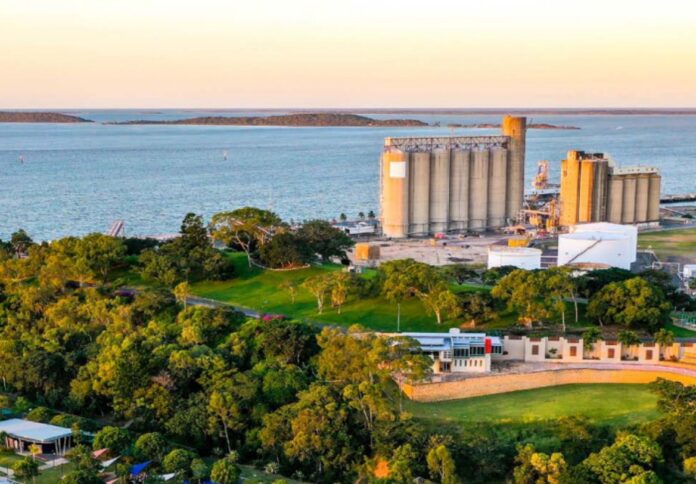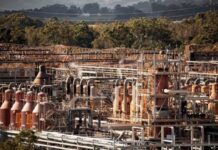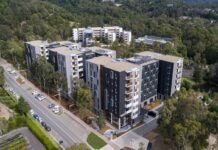
Deputy Premier and Minister for Planning Steven Miles said Central and Western Queensland has become the first region in the state to obtain a 20-year plan for the key infrastructure required to drive regional economic transformation and employment.
Dubbed the “Central and Western Queensland Regional Infrastructure Plan (CWQIP),” the initiative aims to lead a statewide roll-out of place-based infrastructure projects to ensure regional communities can harness opportunities in existing and emerging industries.
The Palazczuk Labor Government said the CWQIP was finalised following significant consultation with stakeholders like local governments, businesses, and community organisations.
Throughout the consultation process, four goals were highlighted, including healthy, expanding communities with distinct personalities and lifestyles, as well as a resilient and linked area that continues to adapt to climate change and unpredictability, as well as the difficulties of remoteness.
Included in the top priorities is the diversification of the agricultural, mining, and tourist sectors in order to maintain their competitiveness on a worldwide scale.
Another goal is the use of the benefits of decarbonisation through diversification into mi, hydrogen, and renewable energy would help the world become an exporter of high-value, low-carbon goods.
“Today’s release of the Central and Western Queensland Infrastructure Plan (CWQIP) sets out where that region wants to be in 20 years and how it will get there,” Premier Miles said.
He added that the CWQIP will guarantee that the region has the infrastructure it needs to support ventures like the developing renewable hydrogen industry and companies powered by clean, green renewables.
Meanwhile, Minister for Regional Development and Manufacturing Glenn Butcher said that in the coming decade, Central Queensland and beyond will be a powerhouse for decent jobs, and this plan will be the road map for people to access those positions.
“We’re already taking steps to address decarbonisation and climate change and through this plan, our communities can walk with us on the journey,” Butcher noted.
A total of seven regional infrastructure plans will be gradually issued over the following two years to support Queensland’s overarching State Infrastructure Plan, released in June 2022.
The plan will be reviewed every two years to ensure that it remains in line with the goals of the government and stakeholders.
The other six regions to have infrastructure plans are Far North Queensland; North and Western Queensland; Mackay, Isaac and Whitsunday; Wide Bay Burnett; Darling Downs and South West; and South East Queensland.















